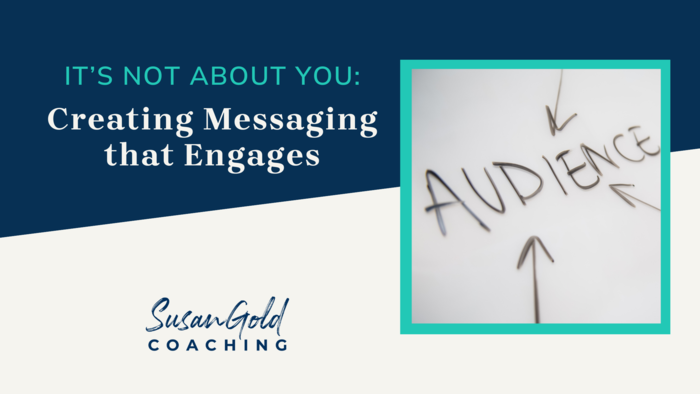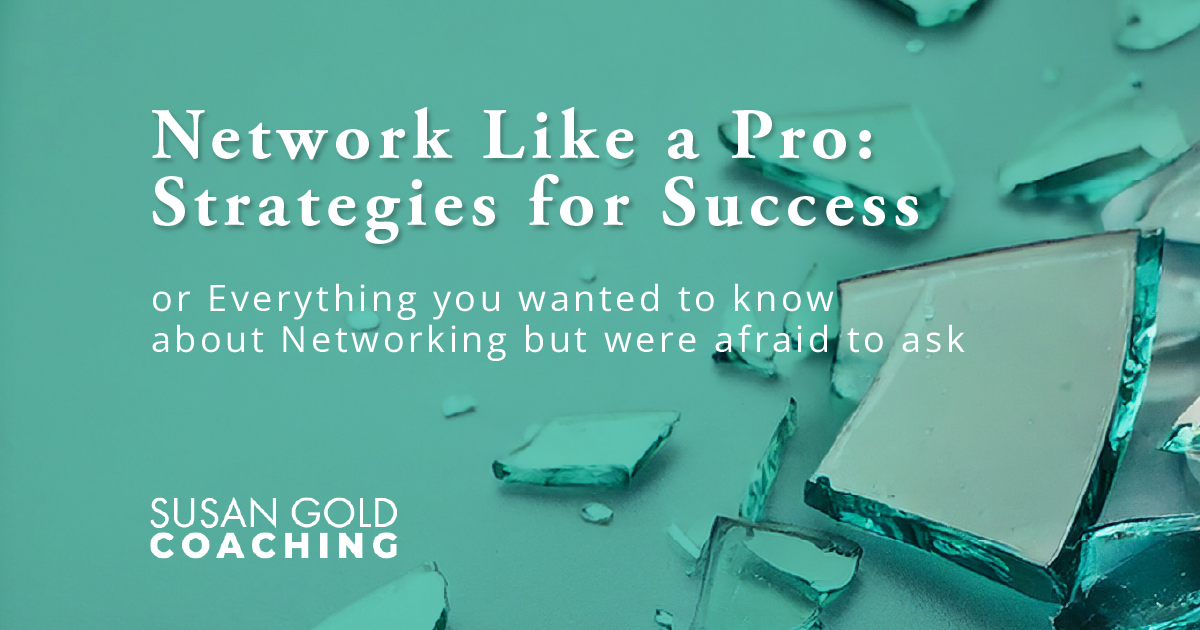It’s Not About You: Creating Messaging that Engages

How many times have you read or heard marketing messages from a company that, once you think about it, actually says nothing? Maybe it was filled with “marketing speak” or jargon or just doesn’t grab your attention, speak directly to you or capture you on an emotional level? If you’re like me, that happens all the time. Why? The most likely reason is the company was talking about them– not you, the targeted prospect.
The Typical Messaging Approach
Many companies believe they need to market themselves by talking about their credentials – that creates trust, right? Well… starting with the “We’ve been in business for 30 years” message typically shuts the prospect down. Likewise, leading with features, benefits and the process they undergo for clients leaves them drowning in details that makes it impossible to make a connection, and often drives them away. Here’s an example: a bookkeeping firm may focus on their QuickBooks Certifications and how they approach the bookkeeping cleanup and reporting. These messages don’t differentiate them from any other bookkeeping firm out there. So what could they do differently?
Let’s assume this accounting firm has identified karate studios as an Ideal Client target market. What would engage them? What does it take to get their attention and create a response where they say, “Wow. They get me, I want to talk to these guys”? This is the point of engagement!
Working with the Pain
Businesses exist to solve problems for other businesses. That means our Ideal Prospects are struggling with issues we have a solution for. Understanding these “pain points” is the key to connecting. For example, do your prospects suffer from inefficient processes, can’t retrieve information quickly and wind up aggravating clients and reducing profitability? What are the pain points your company solves for?
More importantly, how does your Ideal Client describe their pain points? We want to use their actual words and phrases, focusing in on the emotion behind the issues. Speaking with your existing clients to obtain these phrases is worth the effort as they, better than anyone else, can articulate their perceived pain points and will often give you important insights into why they hired you to solve them in the first place. Capturing this terminology and perspective, and understanding the emotion they feel from their pain points, are the “golden nuggets” you are looking for to develop your messaging.
Back to our bookkeeping firm example: let’s look at the messaging for the karate studios with multiple locations market. One pain point that a business owner of multiple karate studios is “I can’t make quick decisions on buying additional locations if I’m not clear on my current cash position and debt situation. I am frustrated because I can’t get the information I need when I need it.” Being specific regarding the pain and the emotion is much more engaging.
What’s the Impact on that Pain?
Once you have your pain points for your Ideal Clients, the next set of messages are focused on how your company impacts those pain points. We’re not going to talk about our service offering or our process yet, because we’re still in early stage of engagement with our Ideal Prospects. We are “inside the prospect’s mind” when we talk about their pain points and how we impact them from their perspective. For our bookkeeping example, we would directly impact their pain point by saying “We work with you to understand how you operate and the decisions you want to make in order to provide financial information the way you need it, when you need it.” Remember, it’s all about them.
Value – Differentiated
Now that we have our pain point and the impact we have on that specific pain point, how do we close the loop? The value we bring that is different from other options the Ideal Prospect has is the final engagement message. For the bookkeeping company, their value message would be “We take away the frustration and stress involved in getting the financial information when you need it, how you need it so you can move forward in your business faster. We don’t just keep your books, we keep you informed.” Validating the targeted buyer’s emotions that relate to their pain points is a great way to connect and reinforce: We get you.
How to Apply Your New Messaging
Now that you’ve developed your messaging platform, you can leverage them in your website content that grabs your visitor right from the start. If the first message the visitor reads mirrors who they are and what they are struggling with, the connection has already started. Using the Pain, Impact and Value messaging in social media posts to drive your targets to your website connects your story and encourages them to want to learn more. Having an offer or “lead magnet” is important to inspire them to want to get more information, requiring them to provide their name and email in order to access a download.
Additionally, creating workshops and webinars addresses the “Top 3 Struggles of Accounting Firms” and promoting your talks will provide more visibility and potential leads. Leverage your pain points in all your marketing for consistent, market-focused engagement.
You’ll learn more about aligning your messaging and the way you market your company with your Ideal Prospects in future articles. Be sure to connect and follow me on LinkedIn as well.
You can develop your Pain, Impact and Value messaging using my Free Guide “4 Must-Do Actions to Attract Your Ideal Clients”, a worksheet to identify your Ideal Clients and the messaging to engage them. Click here to access your free download.



